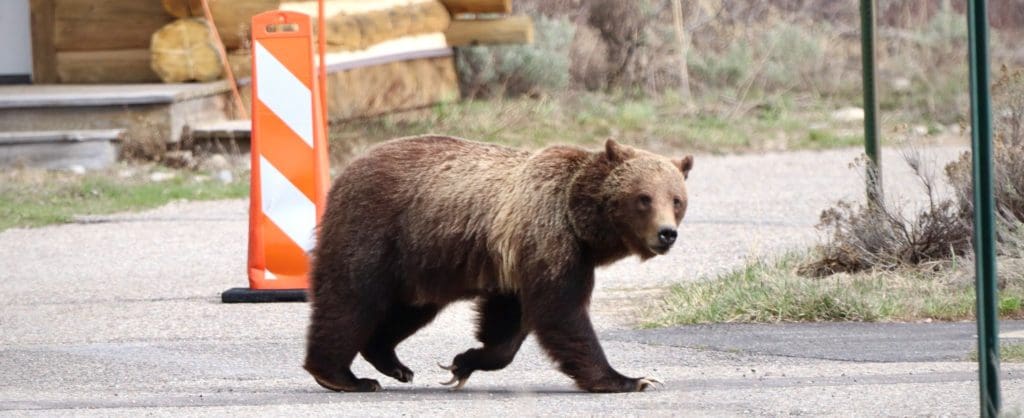How communities can support wildlife and bear habitat
Creating a community where both humans and wildlife can thrive is essential to landscape connectivity.
When wildlife can safely move and live around towns, cities and homes alongside people it reveals a healthy landscape that supports large-roaming animals such as bears.
Coexistence in your community ranges from bear-resistant bins, to fencing around chicken coops and fruit trees, or other actions to keep you, your neighbors, family, pets, and the wildlife living in harmony. These efforts do not solely rest on one person’s shoulders; but instead, require people to work together towards a common goal.
As 2022 Y2Y summer intern, Wyatt Klipa’s work focuses on human-wildlife coexistence. He is currently working on his master’s degree from the Yale School of the Environment. Wyatt is undertaking a project that outlines best practices for towns, cities, and rural areas to employ conflict reduction strategies.
“I’ve been focused on developing a report for Y2Y to outline the ideal policies and management practices that a town or a city can adopt to minimize conflict and promote coexistence with large animals, particularly grizzly and black bears,” says Wyatt.
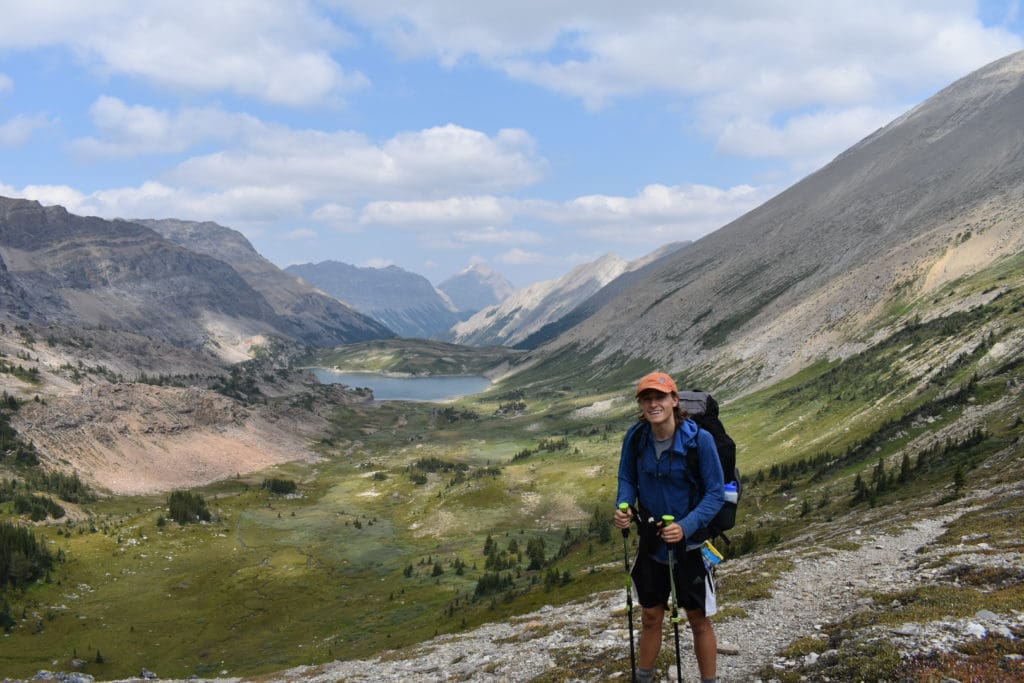
Working together for wildlife
Across the Yellowstone to Yukon region, Y2Y works with and supports communities and partners in their conservation efforts. From modeling grizzly bear movement in Alberta’s Bow Valley to reconnecting grizzly bear habitats across the U.S. Rockies. We couldn’t do this work without the support of donors and partners.
Projects large and small can have big impacts on human-wildlife coexistence. When looking at places that stood out in terms of coexistence efforts, Wyatt pointed to the tourist spot of Virginia City, Montana.
In Virginia City, residents had experienced common conflicts with black bears. Their goal was to live with bears while also addressing potential property damage and increasing safety for visitors and residents. In October 2019, a project Y2Y supported helped bear-proof the nearby Nevada City waste transfer station near Virginia City. This means that garbage stays secure and wildlife, including bears, do not get accustomed to human food.
“They are working towards bear-proofing their entire town. All public spaces have bear-resistant trash cans, businesses have bear-resistant storage options, and private residences do as well. The residents and business owners of the town come together to support these policies and changes,” says Wyatt.
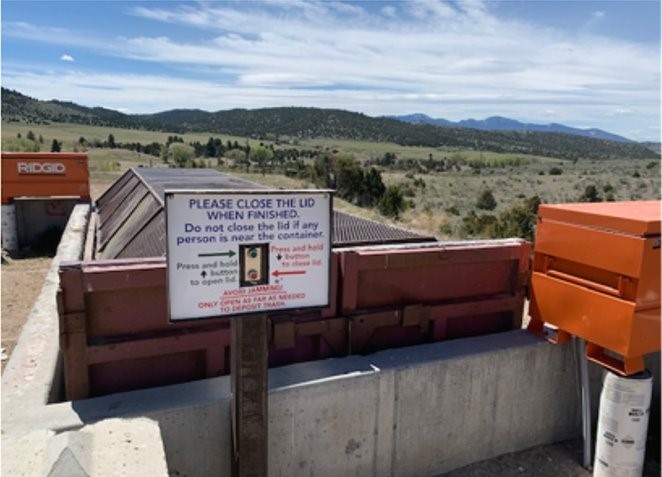
This community’s coexistence strategies have led to fewer bears being removed from the area or killed, which in the end, also supports the town. Tourists are drawn to its historic and natural beauty — including the wildlife that call the region home.
“I’ve learned that people are going to be much more likely to make changes to their lives for wildlife if the ideas have been brought up by the members of the community, rather than imposed on them by a county, state, or provincial level ordinance,” says Wyatt. “Some of the more intriguing policies I’ve encountered have come out of community members identifying their own vision for living successfully with wildlife.”
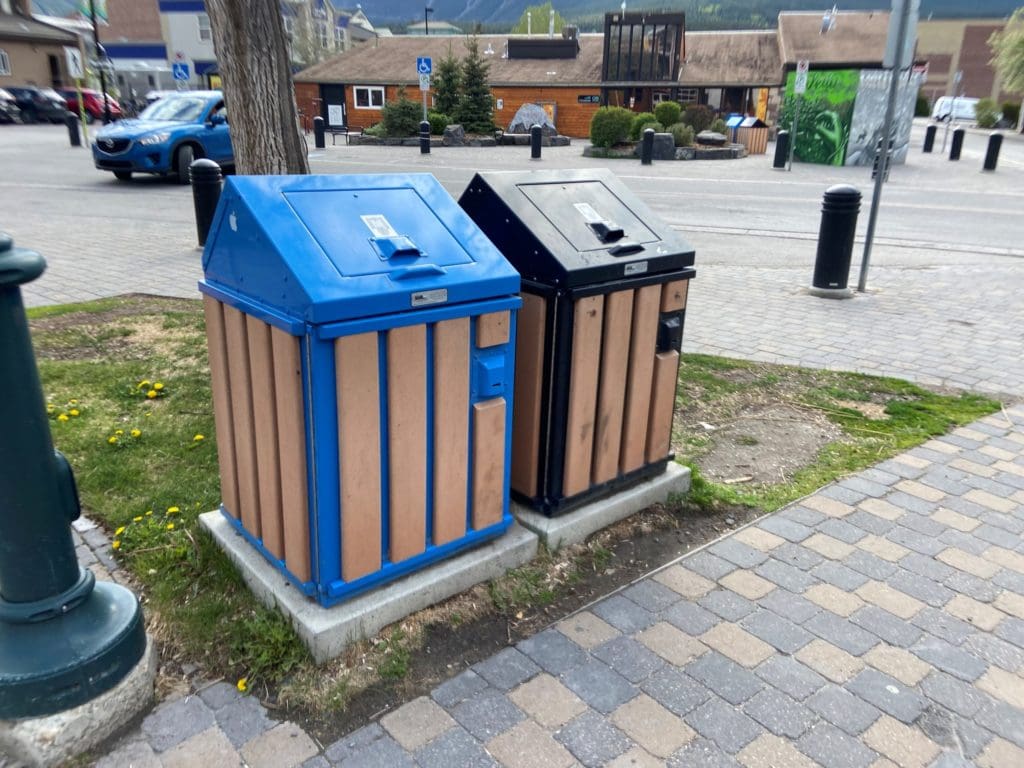
Missoula’s Bear Smart Mission
In larger municipalities within the Yellowstone to Yukon region, such as Missoula, setting policies and working on coexistence with bears and other wildlife can be challenging when population sizes are around 80,000 people.
“Missoula is taking steps to become a community that’s focused on coexistence,” Wyatt notes from his research. “A lot of that has come from local organizations working together.”
The Missoula Bear Smart Working Group — which includes passionate residents, biologists, non-governmental organizations, and local government employees — is just one example of collaborative coexistence efforts.
The goal of the group is to address the root causes of human-bear conflicts, encourage bear safety, and create community change. As a result, since 2007, this group has been instrumental in creating the Missoula City Wildlife Feeding Ordinance, the Bear Buffer Zone and garbage management rules. The first, to prohibit feeding wildlife within the city—including keeping bird feeders that attract more than birds. The Bear Buffer Zone requires bear resistant trash containers within areas closest to bear habitats. There are also fencing rules in place, all part of the Missoula Urban Wildlife solutions.
“When it comes to coexisting with wildlife, if an individual starts doing the right things themselves and encourages friends or neighbors to do the same, this can cause a ripple effect.”
Wyatt Klipa, Y2Y 2022 summer intern
As grizzly bears reoccupy the habitats they once lived in, there is a greater need for implementing conflict-reduction efforts in areas like Missoula. Changes take time and effort — and there are different challenges in implementing conflict reduction tools for a variety of reasons such as expense or policies that don’t support conflict reduction methods, upgrades, or healthy habitats for wildlife.
Wyatt acknowledges it can take longer to get buy-in from communities with larger populations, but Missoula is just one example of how progress can be made.
Passionate people can make change
Developing coexistence policies and creating community change can seem daunting — but Wyatt notes that by working together, small groups can transform a community. Y2Y works with people in those communities, other conservation groups, and agency, county, state, provincial, and federal governments to do just that.
From his research on coexistence policies and changes, Wyatt recommends looking around at your neighbors and region to see what actions are already being taken.
Knowing what issues your community wants to address, and values you want to maintain, is key, because a lot of this work starts with people living in the community wanting to work together for a better future. Living in harmony with wildlife, including bears, can be a community value.
Many local organizations, including those Y2Y partners with, work on conflict reduction efforts. Many seek volunteers at key times of year to remove fruit from trees or trim back berry bushes on busy paths. Your help could play an important part in coexistence!
Getting others on board may take time, admits Wyatt, but he recommends bringing it up gradually and leading by example.
“Sharing what you’ve learned doesn’t mean telling people what to do; but rather, forming good relationships with the people that live near you to better communicate on a basis of trust.”
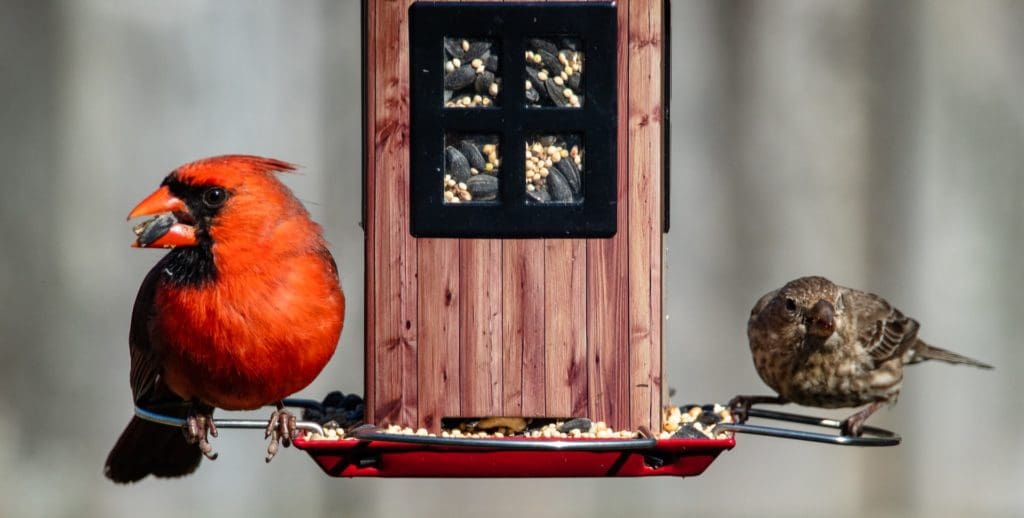
In your own household and neighborhood, be mindful of attractants such as garbage, bird feeders, dog food, or fruit bearing trees. When letting pets out, be alert to where they are, and keep them leashed on trails. And of course, always keep bear spray handy when in bear country.
“When it comes to coexisting with wildlife, if an individual starts doing the right things themselves and encourages friends or neighbors to do the same, this can cause a ripple effect,” Wyatt explains.
Coexistence requires communities to adjust behaviors, which won’t happen overnight. Living in places with bears and other wildlife in a harmonious environment takes effort but making those changes can prevent harm to humans and animals alike and support a healthy, connected landscape for generations to come.
